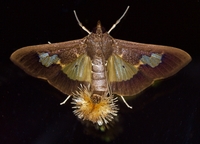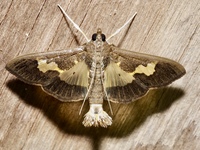
| Recorded by: Merrill Lynch on 2025-10-21
Halifax Co.
Comment: | 
| Recorded by: Merrill Lynch on 2025-10-21
Halifax Co.
Comment: |

| Recorded by: R. Newman on 2025-10-13
Carteret Co.
Comment: | 
| Recorded by: R. Newman on 2025-10-04
Carteret Co.
Comment: |

| Recorded by: Dean Furbish and Joy Wiggins on 2025-09-19
Wake Co.
Comment: | 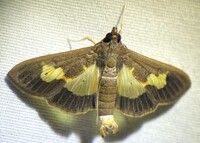
| Recorded by: Dean Furbish, Lior S. Carlson, Randy Emmitt on 2025-08-23
Orange Co.
Comment: |
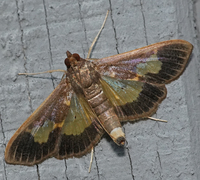
| Recorded by: Chuck Smith on 2024-10-08
Davidson Co.
Comment: | 
| Recorded by: Mark Basinger on 2024-10-04
Brunswick Co.
Comment: |
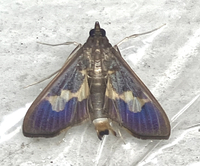
| Recorded by: Ken Kneidel on 2024-09-17
Mecklenburg Co.
Comment: An adult that ws reared from a larva found in a cucumber on 9/1. | 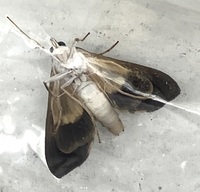
| Recorded by: Ken Kneidel on 2024-09-17
Mecklenburg Co.
Comment: An adult that ws reared from a larva found in a cucumber on 9/1. |

| Recorded by: Ken Kneidel on 2024-09-01
Mecklenburg Co.
Comment: | 
| Recorded by: Ken Kneidel on 2024-09-01
Mecklenburg Co.
Comment: |
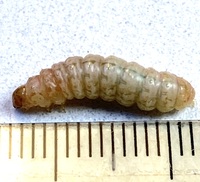
| Recorded by: Ken Kneidel on 2024-09-01
Mecklenburg Co.
Comment: | 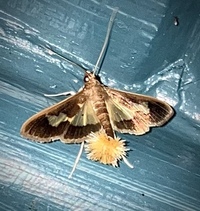
| Recorded by: Ken Kneidel on 2024-08-31
Mecklenburg Co.
Comment: |

| Recorded by: R. Newman on 2023-11-05
Carteret Co.
Comment: | 
| Recorded by: R. Newman on 2023-10-06
Carteret Co.
Comment: |
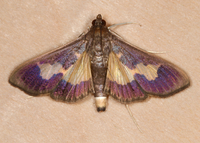
| Recorded by: Jim Petranka, Becky Elkin, Ivanna Knox, Marietta Shattelroe and Avery Young on 2023-09-21
Buncombe Co.
Comment: | 
| Recorded by: K. Bischof on 2023-09-11
Transylvania Co.
Comment: |

| Recorded by: Anne Bailey on 2022-11-28
Alamance Co.
Comment: | 
| Recorded by: R. Newman on 2022-11-06
Carteret Co.
Comment: |

| Recorded by: Vin Stanton on 2022-11-01
Buncombe Co.
Comment: | 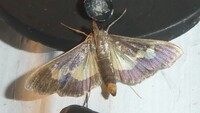
| Recorded by: Simpson Eason on 2021-10-04
Durham Co.
Comment: |
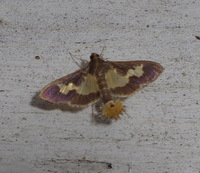
| Recorded by: Michael P. Morales on 2021-09-29
Cumberland Co.
Comment: | 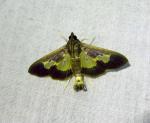
| Recorded by: R. Newman on 2021-09-26
Carteret Co.
Comment: |
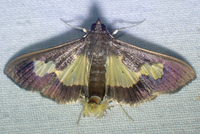
| Recorded by: tom ward on 2021-09-14
Buncombe Co.
Comment: | 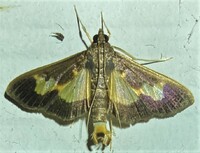
| Recorded by: Dean Furbish on 2021-09-04
Wake Co.
Comment: |
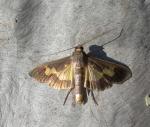
| Recorded by: R. Newman on 2021-09-02
Carteret Co.
Comment: | 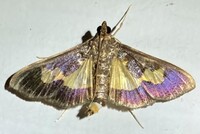
| Recorded by: Dean Furbish on 2021-08-09
Wake Co.
Comment: |
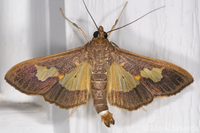
| Recorded by: Mark Shields on 2020-11-20
Onslow Co.
Comment: | 
| Recorded by: Mark Shields on 2020-11-05
Onslow Co.
Comment: |
|

 »
»
